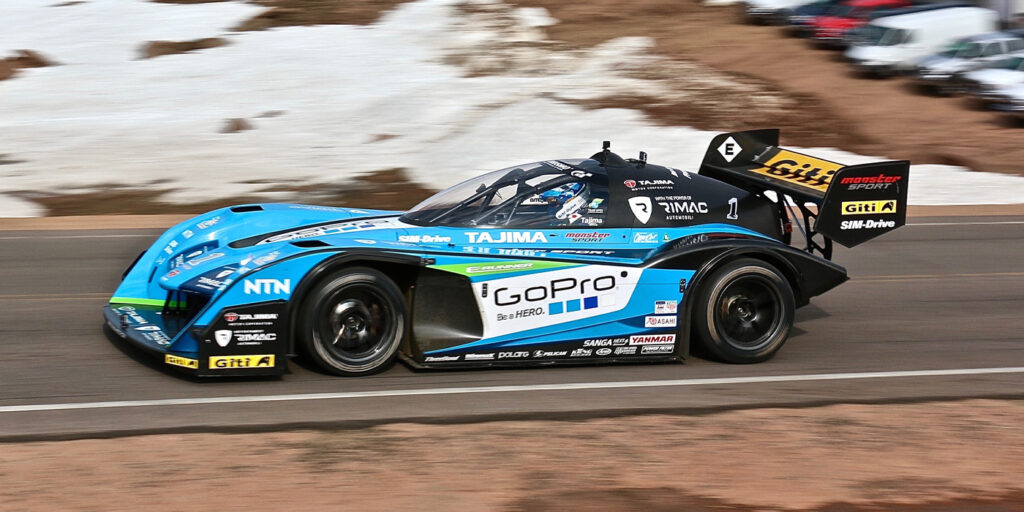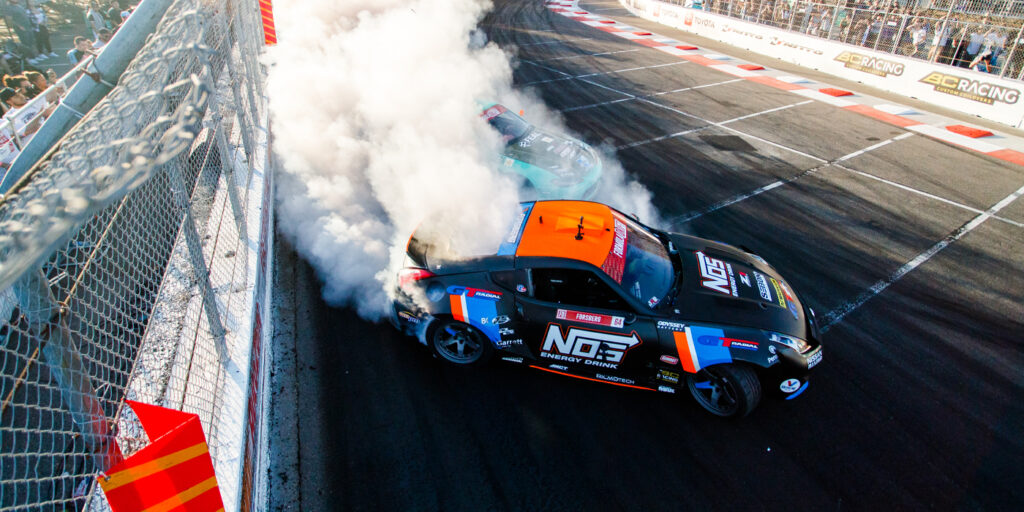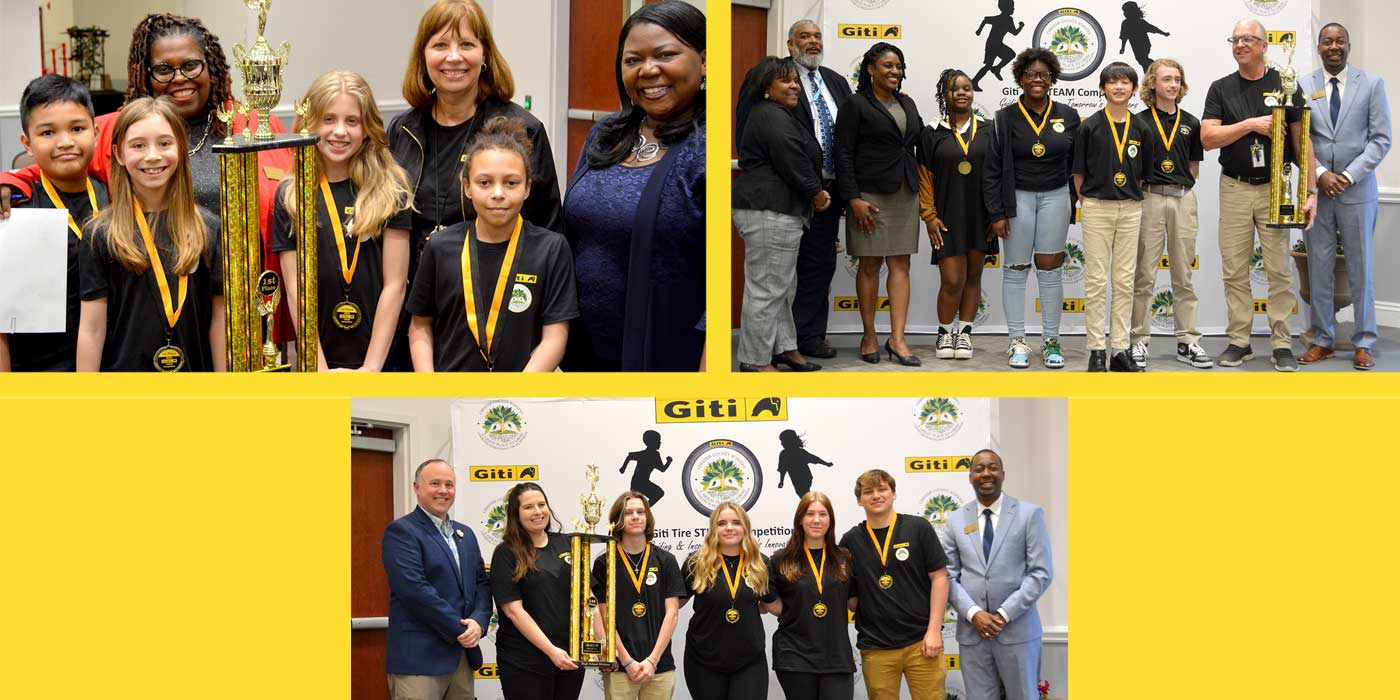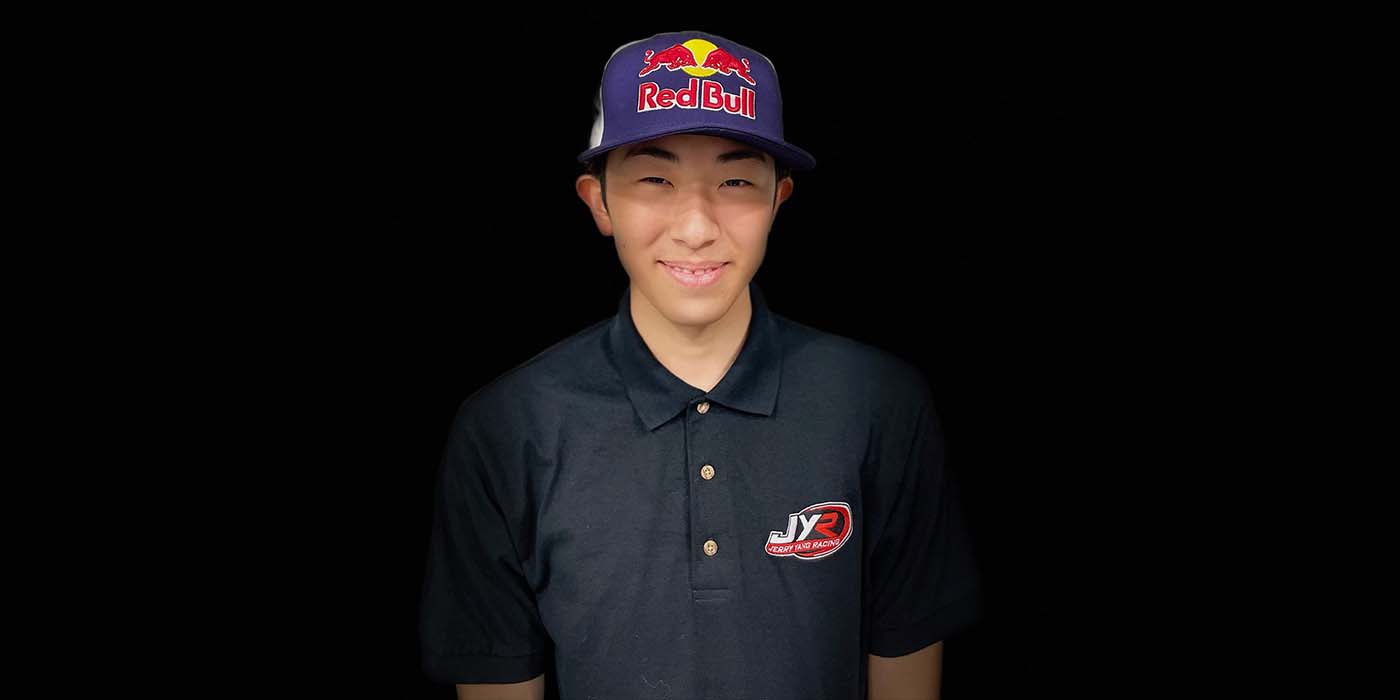Motorsports is the ultimate test of machine and driver… and the engineers behind the effort. What is the objective in any motorsport? To be the fastest, the most durable and outlast and outperform everyone else. The failure of any component, no matter the expense, can cost you the win.
So how does the multi-billion-dollar industry known as motorsports carry over to the street? The old saying, “Win on Sunday, sell on Monday” has been around in the tire industry for decades and remains true today. It is tangible, promotable proof of a company’s technical prowess. You can also make a valid argument that the technology transfer of motorsports tires into street tires results in better street tires and happy, repeat customers for a particular tire brand and its dealers.
Vehicle Specs
Let’s look at the engineering and durability of the vehicle. From the very beginning of the Indy 500, there has been the story of a 5 cent part that broke and cost someone the race. One of the first things you must ensure is durability to be there at the end. You also need power delivered for acceleration and speed. The more, the better. If it means more weight to get more power, then to go faster, you need even more power, and then the ability to brake/decelerate the vehicle better.
All races require steering control and most require the ability for precise cornering, grip and stability. That’s where tires come in, as they are the only part of the machine that allows the driver and the vehicle to achieve all these requirements and still be able to go, stop and turn at the maximum speed (and better, faster and longer than any of their competitors). Any failure of the tire is a limiting factor for the vehicle, the driver and the team.
The tire engineer must design the tire with these capabilities:
- Carry the prescribed load.
- Control heat.
- Be durable/tough and last/survive.
- Provide stability.
- Provide maximum acceleration grip/traction.
- Provide maximum braking/deceleration grip.
- Provide precise (preferably) linear steering response and feel.
- Provide maximum cornering grip/traction.
- Provide “feel” at the limits of adhesion/good communication at the limit/breakaway and recovery.
- Depending on the racing environment and style of racing, deal with varying temperatures and weather/climatic conditions and varied surfaces.
Creating the ‘Dream’ Race Tire

An example of tire engineers dealing with varying temperatures and weather/climatic changes was when Giti Tire developed tires for Nobuhiro “Monster” Tajima’s high-powered electric vehicle at the Pike’s Peak Hill Climb from 2013 to 2016. The weather at the beginning of the race can often be sunny and warm, but turn blustery and snowy at the finish line on the peak.
Giti’s Phang Wai Yeen, who served as head of motorsports R&D at the time, said the Pike’s Peak race is “every tire engineer’s dream to conquer conditions that can go from snow to hailstorm to rain to floods, to dry weather and high temperature… all in one race.”
To conquer the extreme weather challenges at Pike’s Peak, Phang’s engineers monitored things like ambient temperature, the relationship between temperature and wind conditions and the road surface temperature. That data, combined with testing results, allowed the engineers to get a rough idea of the operating temperature range of the tires.
“But the compound itself, the working temperature range was quite limited,” Phang explained. “The challenge for the compounder is: How are you going to broaden the working spectrum?”
Answering those questions means finding different polymers—and staying in close contact with suppliers, according to Phang. The job of the compounder then becomes integrating all of the various chemicals.
“Is it the polymer, is it the rubber, is there a better rubber? Are there better carbon blacks for reinforcement, or other chemicals and resins best suited for the job? These things keep spinning in the head of the compounder,” Phang noted. “It is no secret what goes into a tread compound, but the key is being able to integrate all those components so it works.”
Race Tire Development
Every race is a test session for the engineers and designers who are constantly pushing the boundaries to provide their drivers that advantage over their competitors.
Phang explains race tire development this way: “It all begins with understanding the mindset of the driver. That’s the job of the vehicle dynamics engineer, who’s trained as a test driver, as well as in tire engineering. He works with the construction engineer to design the construction of the tire that will be able to take the required forces. Two things matter. The first is being able to maximize the contact patch. No matter how powerful the car—handling to traction to cornering forces to braking—it all depends on the interaction between the tread surface and the road. And that’s all that matters. You can say what you want, but at the end of the day, those four patches have to work.
“The tire casing has a lot to do with the stability of the contact patch footprint, helping to dictate how the tire reacts and stabilizes itself against the dynamic forces generated by the car. If the car is being bounced all over the road and pushed into the corners, the casing has to behave in such a way that it allows the footprint to work.”

Tire engineers study all these performance aspects and find the best mix of characteristics for the real world of everyday driving. Considerations for street tire development include load-carrying capacity, sizing within standards, durability, handling grip, desired ride and noise characteristics, steering response and control that fits within the target vehicle specs and the consumer’s needs and expectations. Add to that tread life and performance expectations over a range of climate and road conditions; and, of course, fuel efficiency is becoming more and more important.
In normal road car tire development, road cars may never be taken to the limits of the tires designed for that vehicle. In motorsports, the tires are always being pushed to the limits, and solutions are always needed “yesterday.” This becomes a stimulus to hasten tire development. It also leads to better and safer tires for the driving public.
Taking it to the Streets
When one looks at all the requirements of the motorsports tire, you realize they are essentially the same for the street tire, especially in an emergency maneuver. At that moment in time, the tire must respond with precision and grip for cornering, as well as deceleration or acceleration to avoid an incident. The street tire needs to be durable and tough enough to carry the load while surviving through a range of climatic conditions under a great deal of stress and heat to do its job.
There’s no question that racing helps develop and test materials, chemicals, component designs, engineering, shapes and contours of the tire, reinforcement materials, positions, tread compounds, tread shapes, footprint and tread designs—all tailored to maximize a facet of the handling and performance package, whether grip, control, durability or forgiveness.
So, how does the dealer make this connection in selling tires to the consumer? Racers and automotive enthusiasts, or “gearheads,” tend to be much more knowledgeable about vehicles and tires than average drivers (who often reach out to these gearheads for advice). This “tire guy” has his “guy” in a dealership, distributor or shop who is his inside source of information. Hopefully, your store also has this “guy,” the knowledge expert, in your shop!
Some dealers specialize in servicing a particular motorsports segment, which includes taking on the role of trackside support. Then, there are the dealerships that have a broader, though still performance-oriented appeal, and others who are across-the-board retailers who are in business for the entire consumer market.
They all have one thing in common: they need to have the “right” tire to meet the needs of the consumer that calls or drives in to buy tires. The retailer (or wholesaler) also needs to have that person or several employees that have credibility with the local racing/enthusiast community. It’s a classic trickle-down effect: the dealer’s expert influences consumer influencers, who then influence everyday drivers they know.
Encourage and incentivize your employees to communicate with the local enthusiast community—attend the local Porsche owner group meetings, for instance. Not only will you sell additional high-margin UHP tires but also “every day” tires which, by the way, are becoming more performance-oriented all the time.

A vehicle equipped with Giti tires race down the track at the Nürburgring 24-Hour race in June with Giti Tire Motorsports’ first all-female race team behind the vehicle’s success at the race.
Developing ‘Toss-able’ Drift Tires
Not everything will directly convert to a street application, as race tires are designed for a much shorter time period and a particular type of racing. The tires are tuned specifically for a particular race series, and in some cases, a specific event as in the tire development for Pike’s Peak. Some racing series may need to have a heavier tire and others a lighter one. Some are tuned for banked corners, while others are designed for flat and even off-camber corners.
In the development of the GT Radial Champiro SX2 RS, our extreme summer performance tire, it is not difficult to find a direct correlation between motorsports and the street because this tire was developed for both Formula DRIFT competition and enjoying a fun drive on Highway 101.
After a few years of drifting involvement using the GT Radial Champiro SX2 ultra-high performance street tire, the drivers came to us asking for a tire designed for the real essence of Formula DRIFT. To begin the development work, the engineers interviewed drivers about their key priorities. The drivers wanted a “toss-able” tire with great “feel,” progressive breakaway behavior and recovery, along with tremendous grip to gain forward thrust and accelerate off the corners. Formula DRIFT drivers start their run and accelerate to high speeds, then “toss” the car sideways at high speeds headed into a chicane, then a walled corner and glide through the corner sideways within inches of the concrete wall in a “dance” with their competitor. They then need to “hook-up” better and pull away off the corner. Oh, and this tire needs to create lots of smoke and yet survive the extreme temperatures far above what a normal street tire and even most race tires will ever see!
The drifting tire must exceed what circuit racers need in precision, control and grip. They need the acceleration traction akin to a drag race tire, and yet the forgiveness and control one would want for a novice street driver in less than optimum weather conditions.
The engineers at the Giti R&D Center in Richburg, South Carolina, in conjunction with Giti’s global R&D centers, dove into the task looking at the tire structure, carcass shape, materials (components) and compounds. In its first year in Formula DRIFT competition, the Champiro SX2 RS, developed and manufactured in South Carolina, assisted in multiple podium finishes.
The same attributes that make the Champiro SX2 RS a highly competitive drifting tire—durability, tremendous grip and predictable handling—also make it a desirable option as a street tire for the true performance enthusiast.














